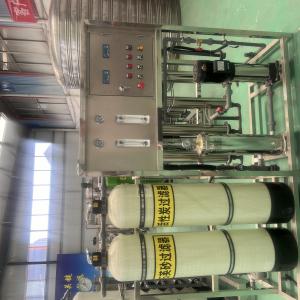What is the difference between the greenhouse effect and global warming?
The definitions are fundamentally different.The greenhouse effect is a natural atmospheric physical phenomenon, referring to the fact that greenhouse gases (such as carbon dioxide, methane, water vapor, etc.) in the Earth's atmosphere allow short-wave radiation from the sun to pass through and reach the ground, while absorbing the long-wave radiation emitted by the ground, thereby causing the temperature of the atmosphere to rise. This provides a suitable temperature environment for life on Earth and is an important mechanism for maintaining the balance of the Earth's ecosystem.
Global warming, on the other hand, refers to the phenomenon where, due to human activities (such as burning fossil fuels, deforestation, etc.), the concentration of greenhouse gases in the atmosphere increases abnormally, intensifying the greenhouse effect and causing the average temperature of the Earth to continuously rise. It is an abnormal climate change caused by human activities.
The causes are different.
The generation of the greenhouse effect has both natural and human factors. Natural factors include the originally existing greenhouse gases in the atmosphere (such as water vapor produced through evaporation, carbon dioxide produced by the respiration of plants, etc.) and the greenhouse gases released by natural processes such as volcanic eruptions; human factors mainly involve the large-scale emission of greenhouse gases into the atmosphere by human activities, such as industrial production, transportation, agricultural activities, etc.
The main cause of global warming is the significant increase in greenhouse gas emissions due to human activities, which exceeds the self-regulating capacity of the natural environment, causing the concentration of greenhouse gases in the atmosphere to continuously rise, intensifying the greenhouse effect, and being the result of the abnormal enhancement of the greenhouse effect.
The nature of the impact is different.
A moderate greenhouse effect is beneficial, as it keeps the Earth's surface temperature at around 15°C. Without the greenhouse effect, the average temperature on the Earth's surface would be as low as -18°C, which would not be sufficient to meet the survival needs of most life forms and is essential for the existence of life on Earth.
Global warming, however, brings a series of negative impacts, including the melting of glaciers leading to rising sea levels and flooding of coastal lowlands; an increase in the frequency and intensity of extreme weather events (such as heat waves, heavy rains, hurricanes, etc.); disruption of the balance of ecosystems, leading to an accelerated rate of species extinction; impact on agriculture, changing the growth cycle and distribution area of crops, and threatening food security.
The development trend is different.
In a natural state, the greenhouse effect is in a relatively stable dynamic balance, with the concentration of greenhouse gases and the Earth's temperature fluctuating within a certain range.
Global warming is a continuous development trend under the influence of human activities. Since the Industrial Revolution, the global average temperature has been continuously rising, and the rate of increase has shown signs of acceleration. If no effective measures are taken to control greenhouse gas emissions, the trend of global warming will further intensify.
The response measures are different.
For the natural greenhouse effect, no response measures are needed; instead, measures should be taken to protect its dynamic balance. For global warming, a series of measures need to be taken to reduce greenhouse gas emissions, such as optimizing the energy structure, developing renewable energy; improving energy efficiency; strengthening forest protection and afforestation to increase carbon sinks; promoting green transportation and low-carbon lifestyles, etc., to slow down the speed and degree of global warming.





